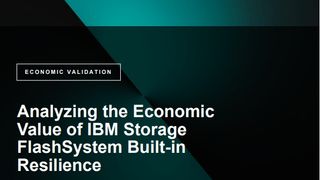Best data modelling tools
Data should inform your every decision, but first you need to work out how

Data is fast becoming one of the most valuable assets at the disposal of any organisation, regardless of sector, and is proving crucial to keeping operations running smoothly. To make the most of the data that’s gathered, however, businesses must ensure they’re using the right tools to gain genuine insights that will improve the quality of decision-making.
Data modelling platforms are one of the most important services in any business’ arsenal as they wrestle with the volumes of information they gather day by day. This type of software works to turn mountains of facts and figures, devoid of any meaning, into meaningful trends and patterns with relevance. They process data and regurgitate it as information that’s easy to understand and digestible, with the aim that these insights will, in turn, feed decision-making to improve long-term business performance.
There are various options available - each differing in purpose and scope - although all modelling tools are normally applied in the form of a broader database management system. These platforms also handle specific data variants carefully to ensure that correct processes are built with only the most relevant pieces of data. They may also produce reports for key individuals across the wider businesses, in the best-suited format.
Essentially, data modelling platforms are designed to increase the speed by which a business can master all the data it processes. However, there are minor differences between the most popular pieces of software on the market. We’ve compiled a list of the most widely-used tools that businesses can use and the key differences between them.
Lucidchart
Website link here
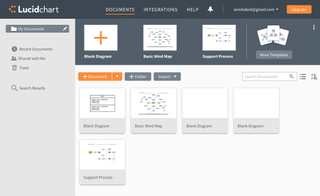
Lucidchart allows data to be modelled visually and collaboratively. It's a pretty flexible web-based programme and allows for a whole range of different models to be created, including system design, brainstorming, project management and more. There are plenty of templates and libraries available to make your datasets look professional with little effort.
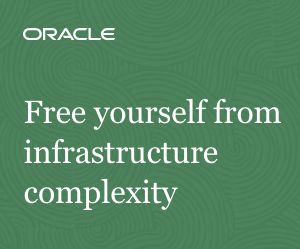
How to maximise the value of your data and apps with IaaS
Free yourself from infrastructure complexity
Lucidchart is also well-priced, making it a very competitive alternative to SmartDraw. There are, however, different levels of licence - free, Basic, Pro and Team, each offering different usage limits, depending on how many users will need access and how often you need to create models. For example, the Basic account offers unlimited shapes and documents, with 100MB storage, while the Team offers access to multiple users and team management, plus import and export from Microsoft Visio and AI features.
Get the ITPro. daily newsletter
Receive our latest news, industry updates, featured resources and more. Sign up today to receive our FREE report on AI cyber crime & security - newly updated for 2024.
It uses a simple drag and drop interface that makes it an effective solution for the majority of use cases. Re-sizing objects is a breeze and moving objects around comes as second nature, making for a very intuitive user experience.
The only drawback of Lucidchart is that it's only available for use via a web interface rather than a desktop application, making it a little clunky and reliant on a web connection to function.
Oracle SQL Developer Data Modeler
Website link here
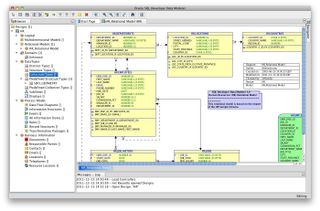
Using Oracle SQL Developer Data Modeler, users can create, browse and edit logical, relational, physical, multi-dimensional, and data type models. The Data Modeler provides forward and reverse engineering capabilities and supports collaborative development through integrated source code control. Data Modeler can be used in both traditional and cloud environments.
SAP PowerDesigner
Website link here
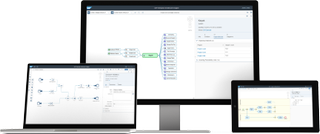
PowerDesigner offers fully integrated models and various modelling techniques. It supports a metadata repository and different output formats. The user interface has some useful help documentation too, to help with various user problems.
SQLDBM
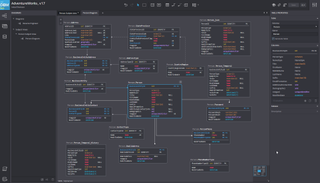
Website link here
This offers users a convenient way for designing databases anywhere on any browser, working without the need for any extra database engine or database modelling tools or apps. It can be used to design and manage both large and small databases and data models and can incorporate any database rules and objects such as database keys, schemas, indexes, column constraints and relationships.
ER/Studio
Website link here
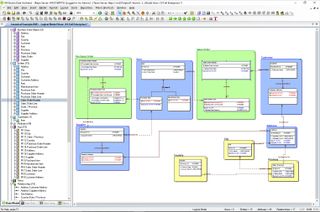
This data modelling tool supports single and multi-platform environments and integrates with big data platforms such as MongoDB and Hadoop Hive. The tool can forward- and reverse-engineer various models, compare and merge functions and is able to create reports in various formats (XML, PNG, JPEG). Routine tasks can be automated, too.
AquaData Studio ER Modeler
Website link here
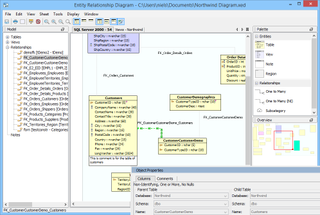
The Aqua Data Studio Entity Relationship Modeler (ER Modeler) helps design complex database models for all major RDBMS vendors and versions. It has a forward-engineer feature to model entities and converts them into SQL Scripts, or reverse-engineer existing databases to visualise a database model. Models can be converted from one database vendor to another using the Convert feature.
Sparx Enterprise Architect
Website link here
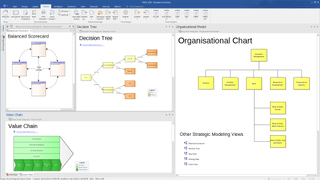
This data modelling tool helps organisations build robust and maintainable systems and can scale to service large teams collaborating on shared projects. The tool can run a dynamic model simulation to validate the accuracy of models and offer a better understanding of how specific business systems function.

Clare is the founder of Blue Cactus Digital, a digital marketing company that helps ethical and sustainability-focused businesses grow their customer base.
Prior to becoming a marketer, Clare was a journalist, working at a range of mobile device-focused outlets including Know Your Mobile before moving into freelance life.
As a freelance writer, she drew on her expertise in mobility to write features and guides for ITPro, as well as regularly writing news stories on a wide range of topics.




